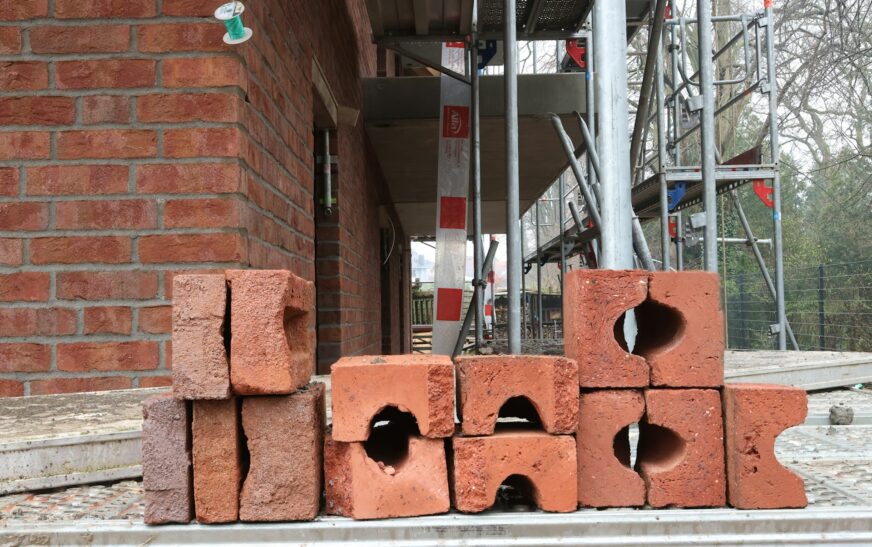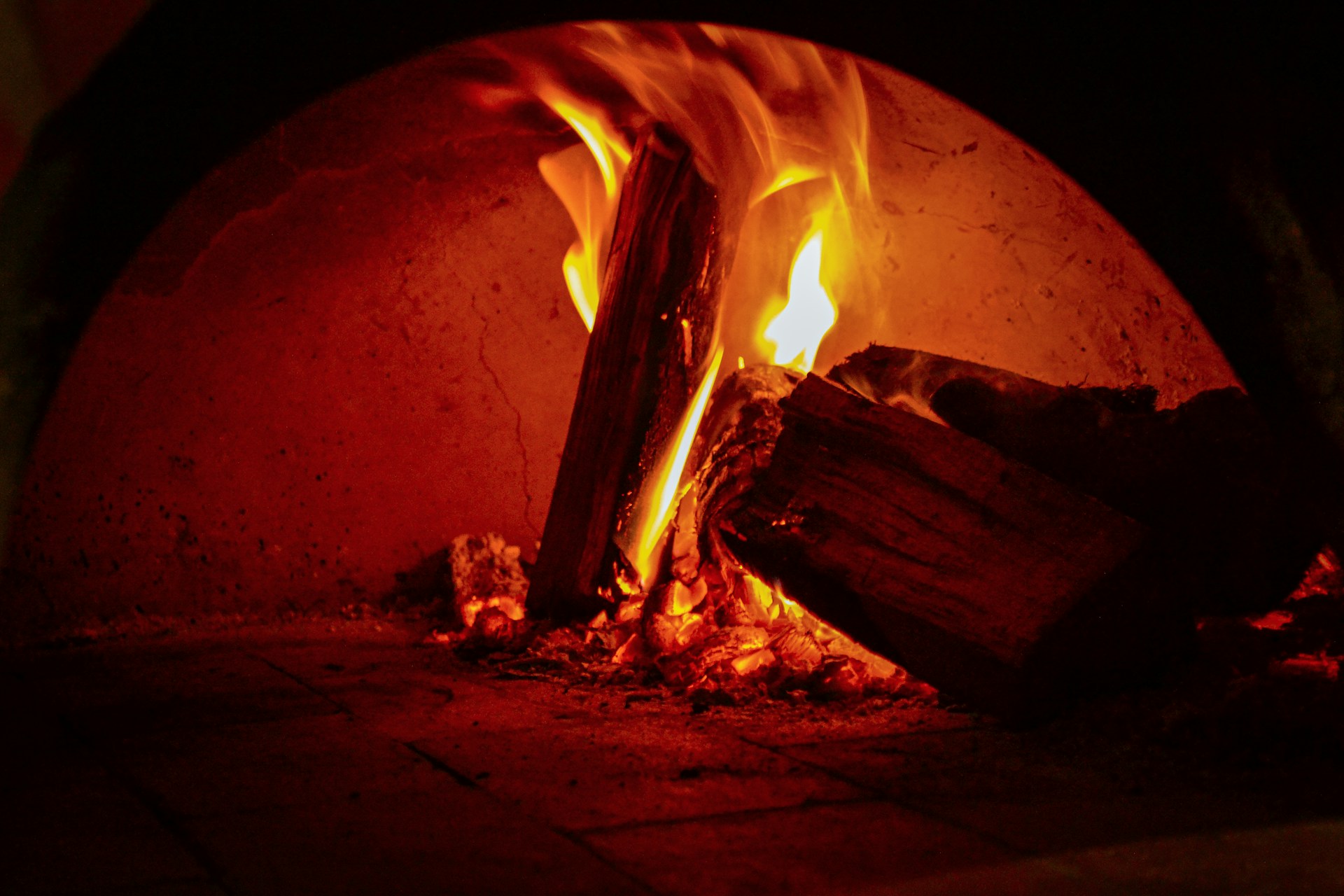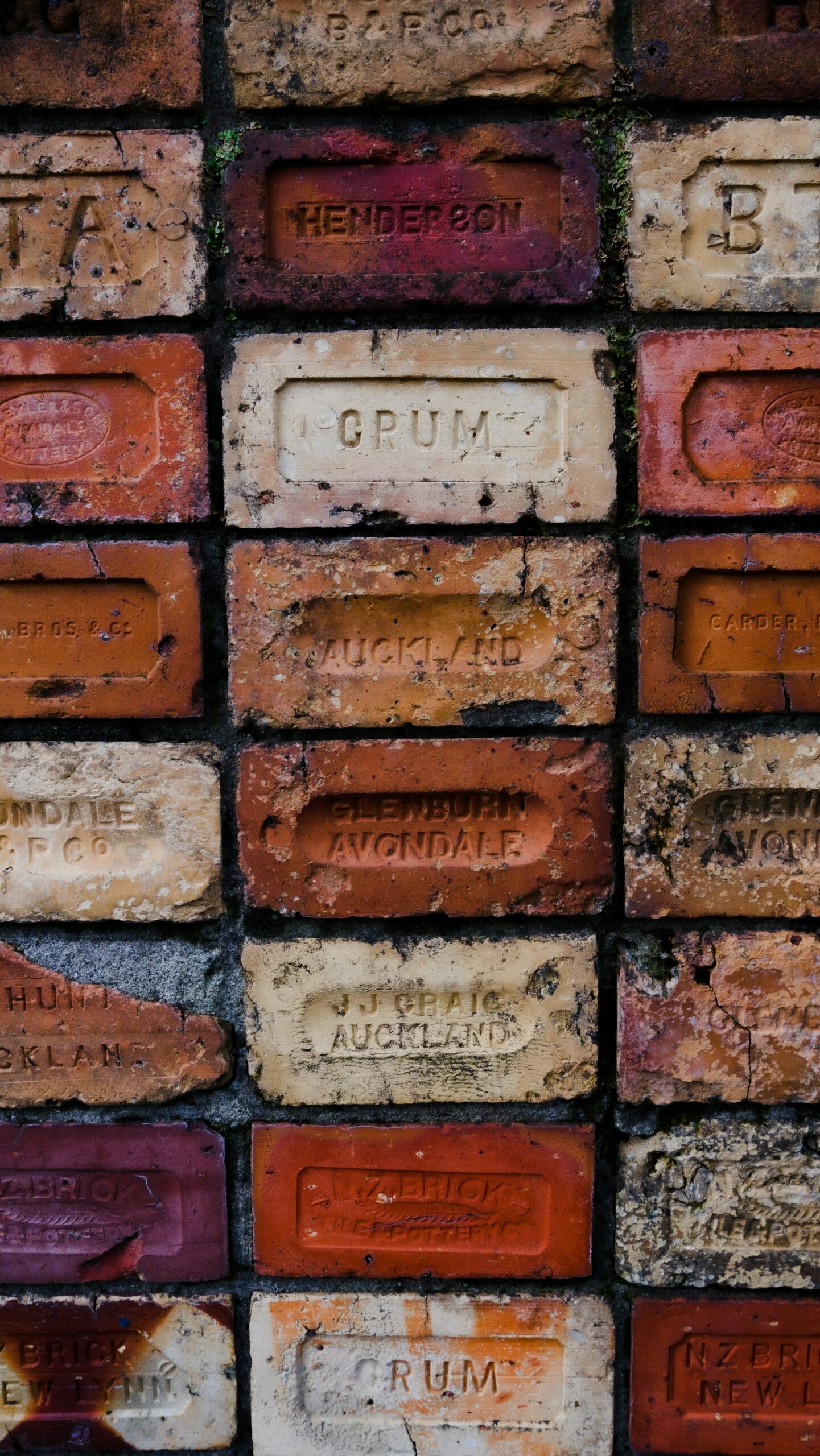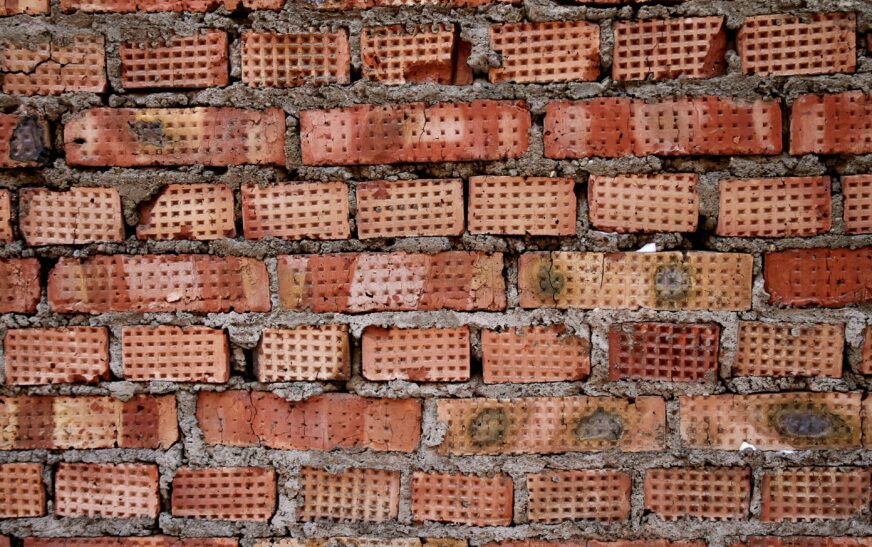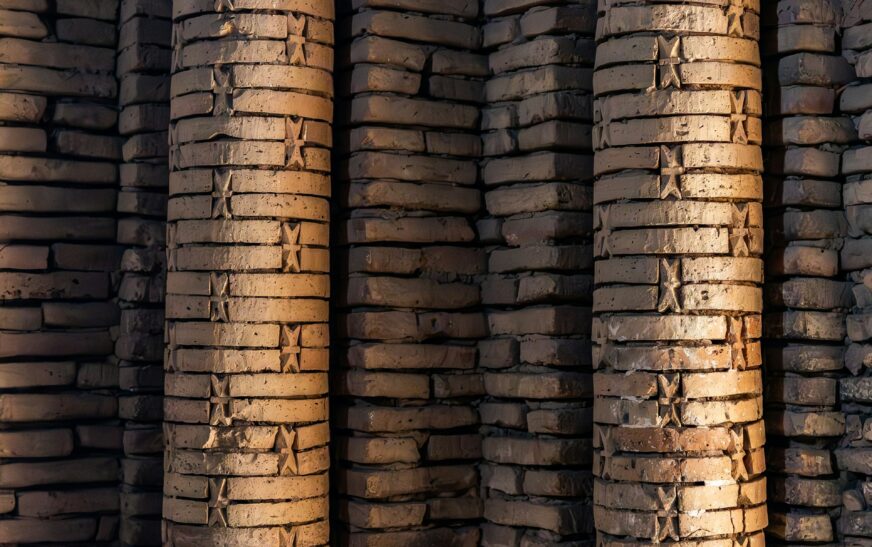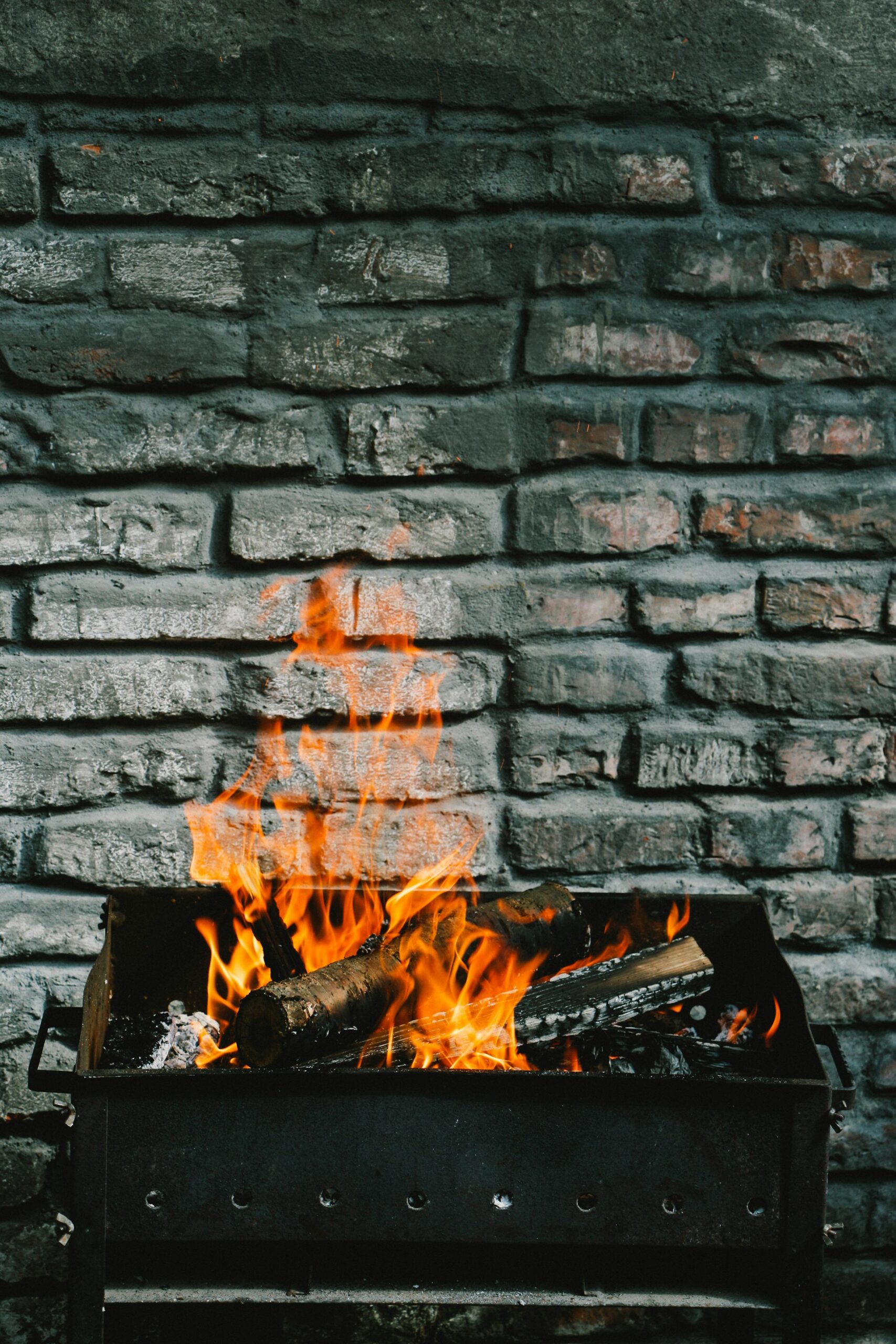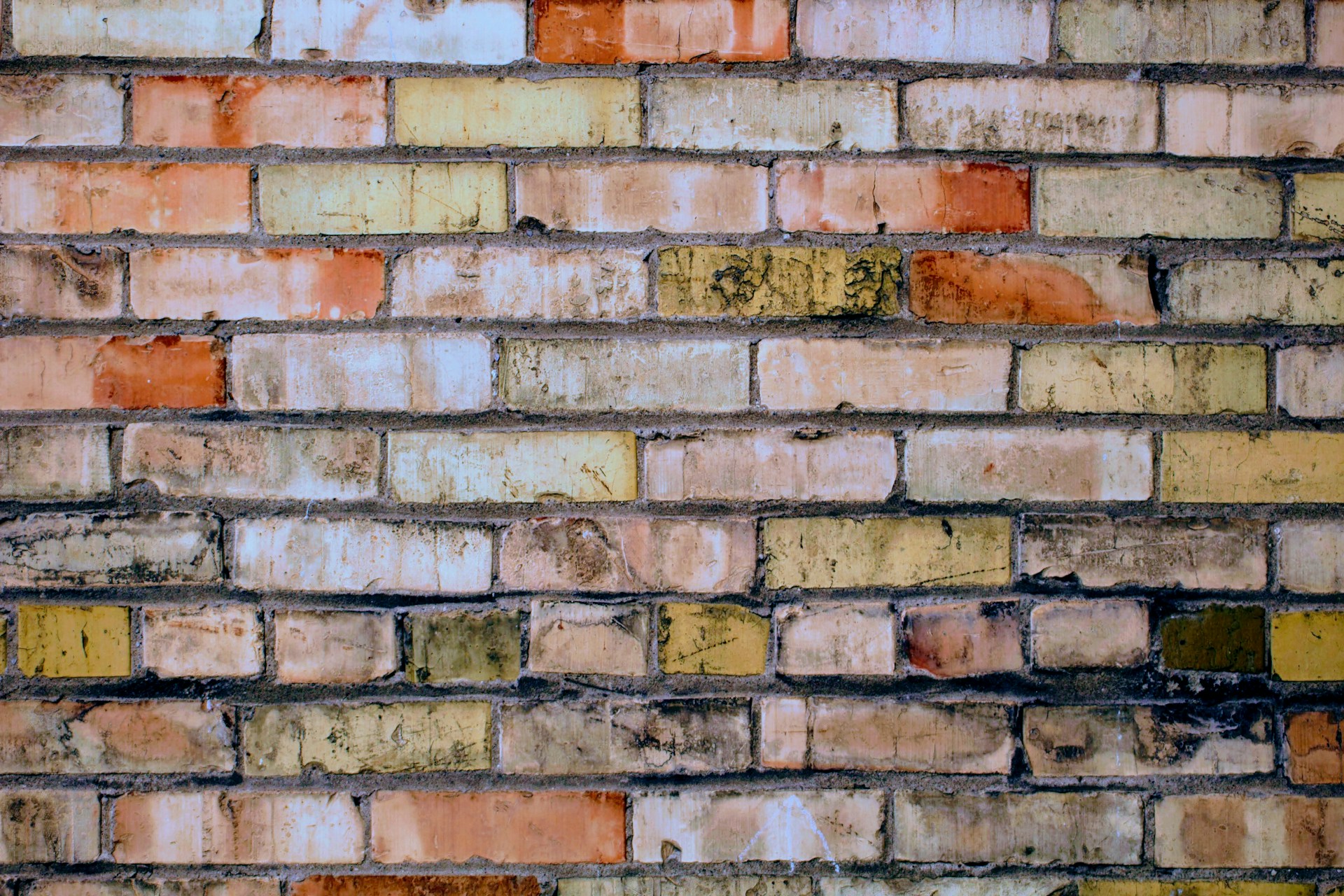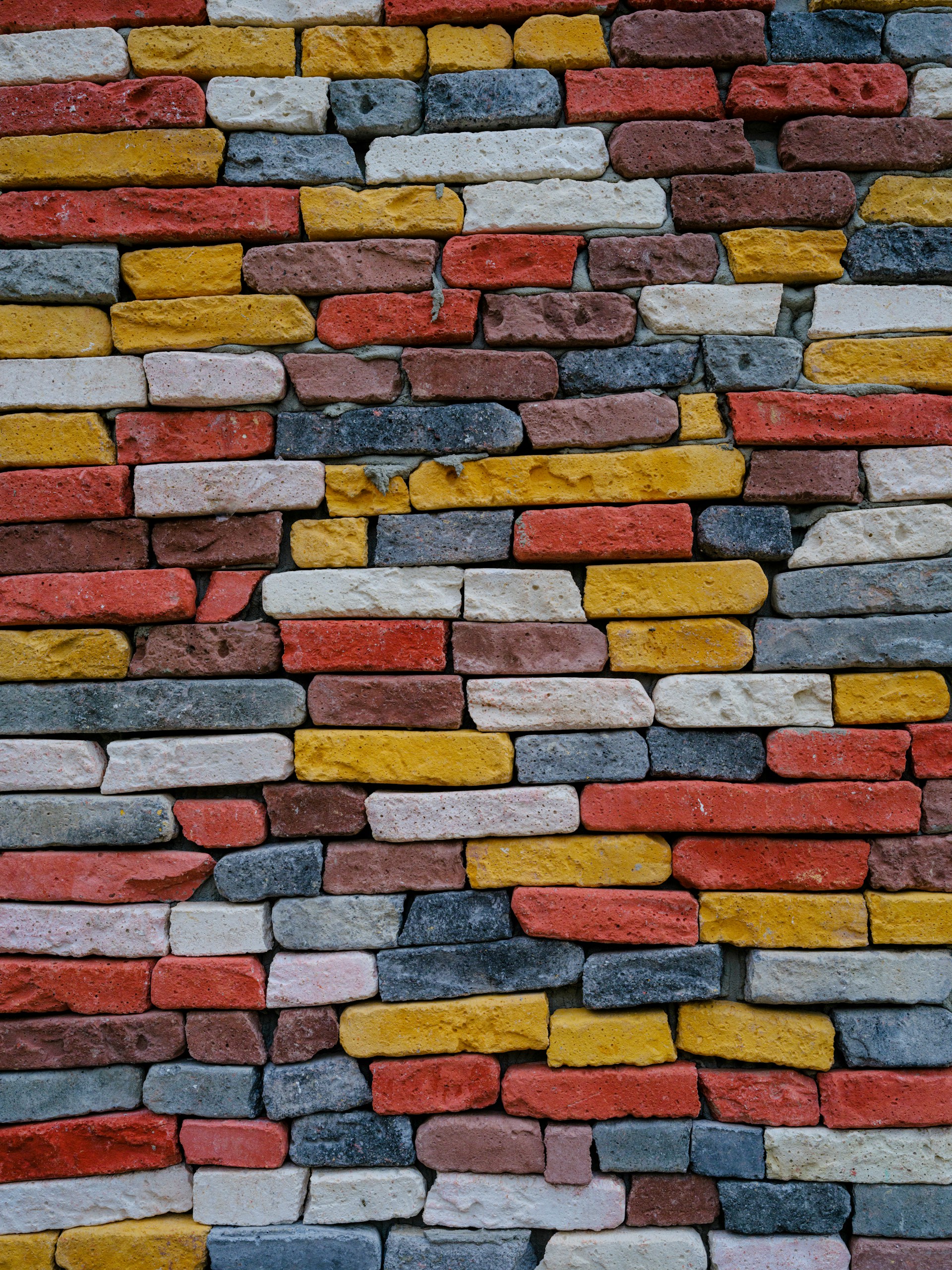Bricks have been around for centuries, holding up homes, walls, chimneys, and walkways—and they do it well. A well-fired brick can outlast the very structure it supports. But here’s the thing: after a renovation, demolition, or landscaping project, you might find yourself staring at a pile of old bricks and thinking… now what? Tossing them in the trash might be tempting, but let’s be honest—that’s not exactly eco-friendly or clever.
How to Dispose of Bricks
So, how do you get rid of bricks properly? The answer depends on their condition, your location, and whether you want to reuse, recycle, or responsibly discard them. Let’s explore practical, environmentally conscious ways to deal with leftover bricks—without feeling guilty about it.
Step 1: Check the Bricks’ Condition
Before doing anything, take a good look at your bricks. Are they solid, with clean edges and no major cracks? Or are they crumbling, covered in mortar, or looking a little worse for wear?
- Reusable Bricks: Whole and solid bricks are perfect candidates for reuse or donation.
- Damaged Bricks: Broken, fragile, or badly stained bricks are better off recycled or responsibly discarded.
Knowing the condition upfront makes the next steps a lot easier.
Option 1: Reuse Bricks in Your Own Projects
One of the simplest—and most satisfying—ways to deal with bricks is to use them yourself. Salvaged bricks add character and charm to just about any project:
- Garden Borders: Edge flower beds or vegetable patches for a rustic look.
- Pathways & Patios: Weathered bricks make charming, durable walkways.
- Outdoor Fire Pits: Stack ‘em up for a backyard fire feature.
- Raised Beds: Build sturdy garden walls that last season after season.
Bonus: you save money and reduce the environmental cost of buying brand-new materials. Win-win.
Option 2: Donate or Give Them Away
If your bricks are still in good shape but you don’t have a use for them, chances are someone else does. Consider:
- Nonprofits & Community Organizations: Groups like Habitat for Humanity’s ReStores often take building materials and resell them to fund housing projects.
- Local Ads & Marketplaces: Facebook Marketplace, neighborhood apps, or community boards can quickly connect you with someone who needs bricks.
Giving bricks a second life feels pretty good—and it helps your local community.
Option 3: Recycle Bricks
When reuse isn’t possible, recycling is a solid next step. Many construction and demolition recycling centers accept masonry waste. Once processed, bricks can be crushed into aggregate for:
- Road bases and subgrades
- Construction backfill
- Landscaping gravel
- Erosion control
Recycling not only keeps bricks out of landfills, it also gives them a second life in infrastructure projects.
Option 4: Get Creative with Repurposing
Even broken bricks aren’t useless—they can find a new purpose in creative ways:
- Drainage Solutions: Place smaller or broken bricks at the bottom of garden beds or large pots to improve drainage.
- Decorative Features: Incorporate bricks into outdoor seating areas, water features, or accent walls.
- Craft Projects: Paint, engrave, or carve bricks for unique décor pieces.
Repurposing gives your space personality while keeping waste to a minimum.
Option 5: Responsible Disposal
Sometimes, the bricks are beyond saving. In that case, proper disposal is essential:
- Check Local Regulations: Some municipalities classify bricks as construction waste with specific disposal rules.
- Avoid Illegal Dumping: Don’t leave bricks in unauthorized areas—you could get fined.
- Hire a Waste Removal Service: For large projects, professional haulers can ensure the bricks are disposed of responsibly.
Even when it’s the last resort, doing it right matters.
Why Proper Disposal Matters
Bricks are made from natural materials like clay and shale, which aren’t toxic. But when they pile up in landfills, they take up a lot of space and contribute to construction waste problems. Reusing or recycling bricks reduces the need for new materials, saves energy, and supports a circular economy. In short: each brick you save makes a small but meaningful environmental difference.
Read More : How to Create Related Posts Query in Bricks Builder
Quick Tips for a Smooth Brick Cleanup
- Clean Before Reuse: Remove mortar and debris for easier handling and better resale or donation appeal.
- Sort by Condition: Separate solid bricks from broken ones to simplify recycling or repurposing.
- Plan Ahead: Organize disposal or donation options before starting your demolition.
- Think Small First: Reuse what you can onsite, then explore donation and recycling options.
With a little planning and creativity, those leftover bricks can either get a second life in your garden or go off to help someone else’s project—proving that even old bricks can have a bright future.

